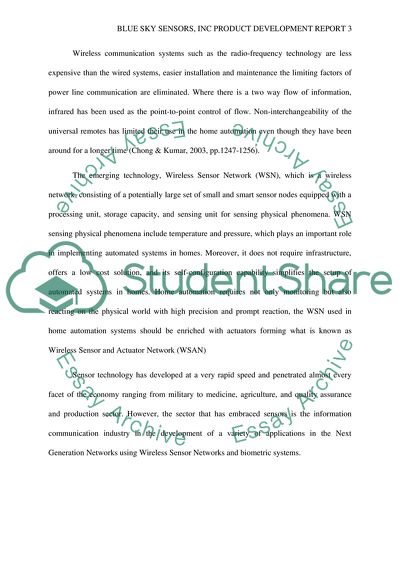Cite this document
(Home Automation Using Wireless Sensor Networks and Biosensors Research Proposal, n.d.)
Home Automation Using Wireless Sensor Networks and Biosensors Research Proposal. Retrieved from https://studentshare.org/technology/1851504-blue-sky-sensors-inc-product-development-report
Home Automation Using Wireless Sensor Networks and Biosensors Research Proposal. Retrieved from https://studentshare.org/technology/1851504-blue-sky-sensors-inc-product-development-report
(Home Automation Using Wireless Sensor Networks and Biosensors Research Proposal)
Home Automation Using Wireless Sensor Networks and Biosensors Research Proposal. https://studentshare.org/technology/1851504-blue-sky-sensors-inc-product-development-report.
Home Automation Using Wireless Sensor Networks and Biosensors Research Proposal. https://studentshare.org/technology/1851504-blue-sky-sensors-inc-product-development-report.
“Home Automation Using Wireless Sensor Networks and Biosensors Research Proposal”, n.d. https://studentshare.org/technology/1851504-blue-sky-sensors-inc-product-development-report.


